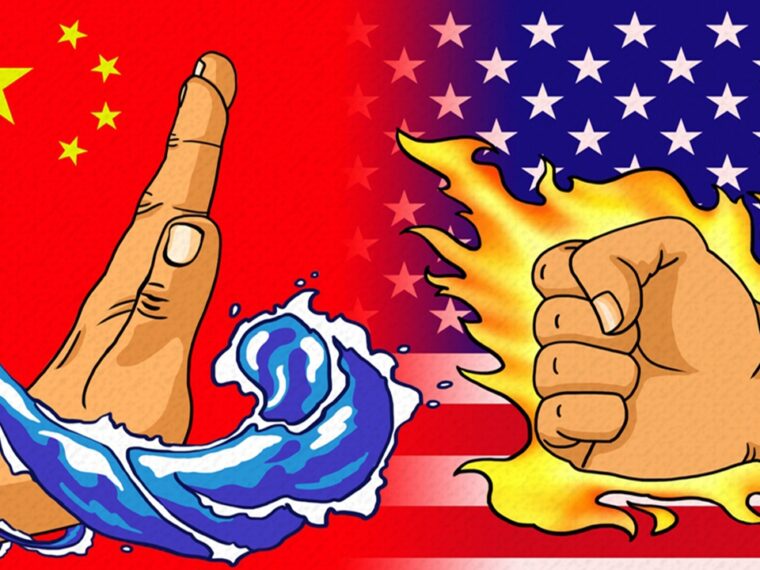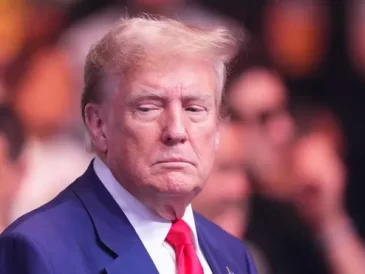President Joe Biden and Xi Jinping have both vehemently rejected the characterization of the current rivalry between the United States and China as a new Cold War. Biden, as recently as September, expressed his reluctance to “contain China,” emphasizing the mutual benefit of China’s prosperity. Similarly, Xi asserted that China harbors no desire for either a cold or hot war with any nation, following a meeting with Biden in San Francisco last November. However, these assertions are met with skepticism.
Today, notable parallels exist between the present geopolitical landscape and the original Cold War between the United States and the Soviet Union. Once again, two major powers are engaged in a global competition for supremacy, vying for economic, technological, diplomatic, and military advantages across various regions worldwide. This competition spans from securing mining rights and favorable trade deals in Africa and Latin America to forging economic and military alliances in Asia, and even influencing conflicts in Europe and the Middle East.
Similar to the 20th-century Cold War, the past two decades have witnessed a concerning escalation in conventional and nuclear arms races. China has notably undertaken rapid modernization and expansion across its military branches, echoing the arms buildup of the previous era. Furthermore, reminiscent of the Space Race, both countries are now racing to establish dominance beyond Earth, with ambitions to land humans on the moon and Mars within the next decade.
Espionage, a hallmark of the Cold War era, persists today, with the United States facing significant espionage threats from foreign entities targeting its government and industries.
While the current geopolitical landscape differs from the past Cold War due to deep economic interdependence between the United States and China, the striking similarities prompt many to label it as “Cold War II.”
In this new Cold War, both nations acknowledge the permanence of their respective systems. While some in the United States entertain hopes of the Chinese Communist Party’s collapse, such outcomes are not actively pursued, and both countries focus instead on competing for global influence, particularly in the Indo-Pacific region. Unlike the existential struggle of the previous Cold War, today’s rivalry centers on economic control and influence over 21st-century global institutions.
However, the risks of a hot conflict persist, particularly concerning Taiwan. China’s proximity to achieving the capability to forcibly annex Taiwan by 2027, coupled with the United States’ commitment to defend Taiwan, underscores the potential for catastrophic escalation.
Confronting China’s challenge to the U.S.-led global order necessitates a comprehensive strategic reassessment. This entails leveraging critical advantages, reinforcing the Western alliance, and deterring conflict with China. The United States must maintain superiority in military capabilities and key technologies while investing in talent-based immigration to offset China’s demographic advantages.
Moreover, pursuing a strategy of unidirectional entanglement, whereby China becomes increasingly dependent on U.S. supply chains while minimizing U.S. reliance on Chinese counterparts, is imperative. Additionally, reframing engagements with lesser adversaries and bolstering alliances with partners like India and Vietnam are essential components of a cohesive strategy.
Ultimately, the reduction of tensions and mitigation of the risk of conflict hinge on persuading China of the benefits of cooperation within the existing international order. However, such outcomes cannot be taken for granted, and the United States must prioritize deterrence as a central tenet of its foreign policy approach towards China.





